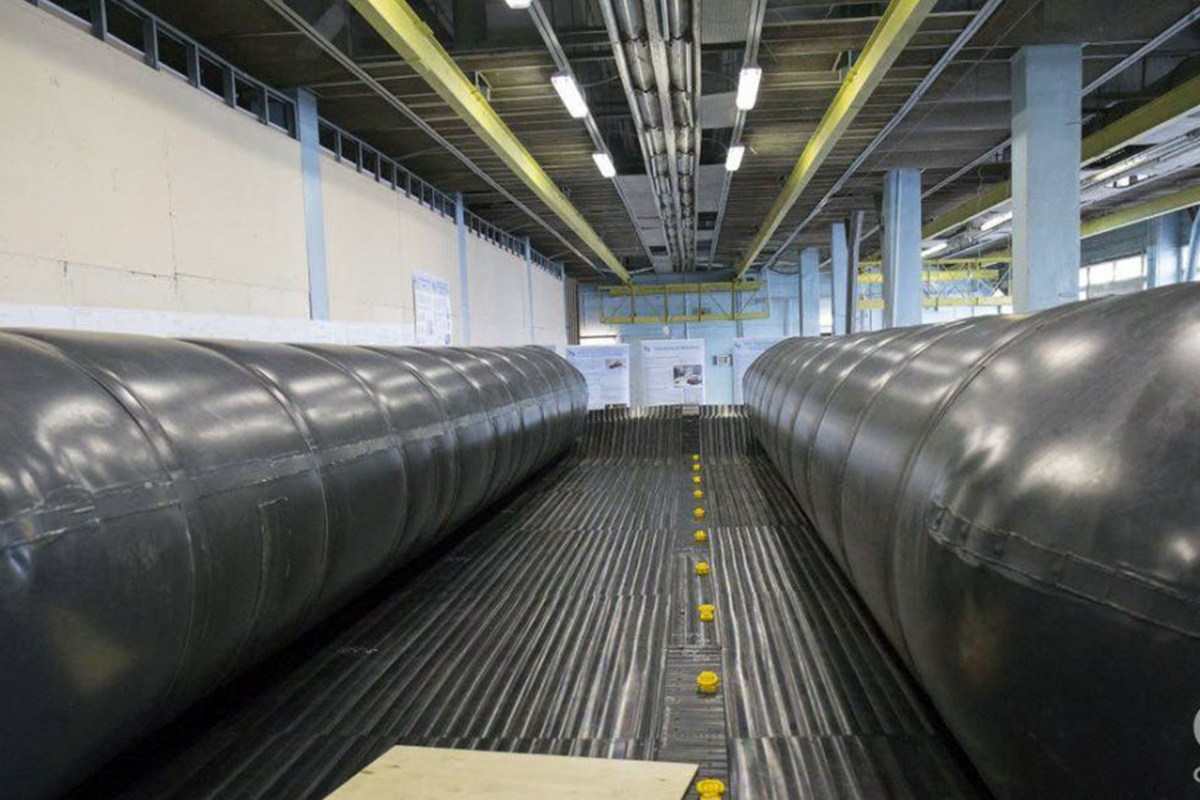
Advanced Manufacturing Technologies Center of the National Technology Initiative (NTI) of Peter the Great St.Petersburg Polytechnic University (SPbPU) in collaboration with the Plant of "Komsomolskaya Pravda" developed a unique Antarctic sledge for the transportation of large cargoes in extreme conditions. The sledge was designed to carry heavy loads up to 60 tons to the South pole and to cover the distance of hundreds or even thousands of kilometers. Different conditions of transportation such as temperatures up to minus 60 degrees, discharged air, strong gusts of wind, fluctuation of the ice road were taken into the account.
"The first one to transport heavy loads will have the prospects in Arctic and Antarctica. Up until now, there was no means to transport 60 tons. Only 16-20 tons can be transported and on the metal sledge. But as soon as the ski fails, the load should be removed and the process stops," - said the Chief Executive of the Plant of "Komsomolskaya Pravda" Sergei Tsybukov.
A project consortium was formed to solve this challenge in the shortest possible time. The key role was played by the scientific team of the Advanced Manufacturing Technologies Center of the National Technology Initiative (NTI SPbPU), it was engaged in the design and modeling of the sledge. According to professor Alexey Borovkov, vice-rector for innovative projects SPbPU, head of the center NTI SPbPU, the use of advanced manufacturing technologies and the development of the "digital twins" of the sledge gave an opportunity to achieve the required results.

We had to develop a range of mathematical models and to design a product which had never been designed before. The virtual tests were conducted. Every possible scenario was modeled: normal working conditions, violations, emergency situations. This design is beyond the intuition of the chief designer," said professor Borovkov.
On November 6, 2018, the world's first large-capacity sledge was loaded on the ship "Akademik Fedorov", which headed to South pole. Sea trials will begin in 2 months, and the first pilot batch will be ready by 2020.



.jpg)
.jpg)